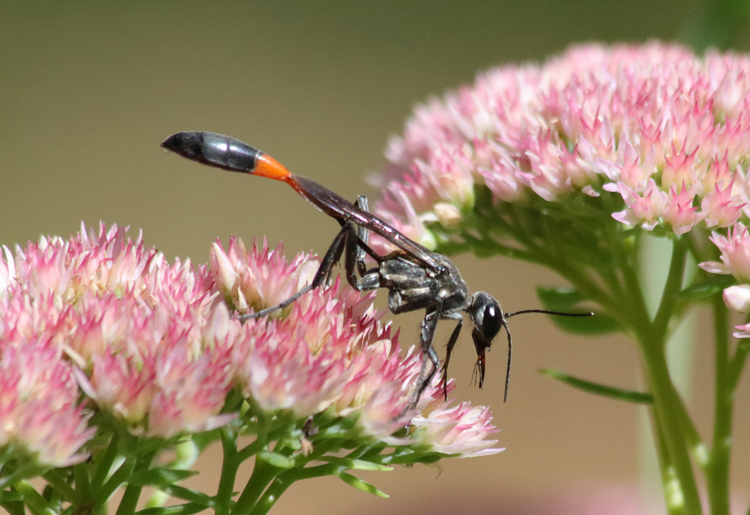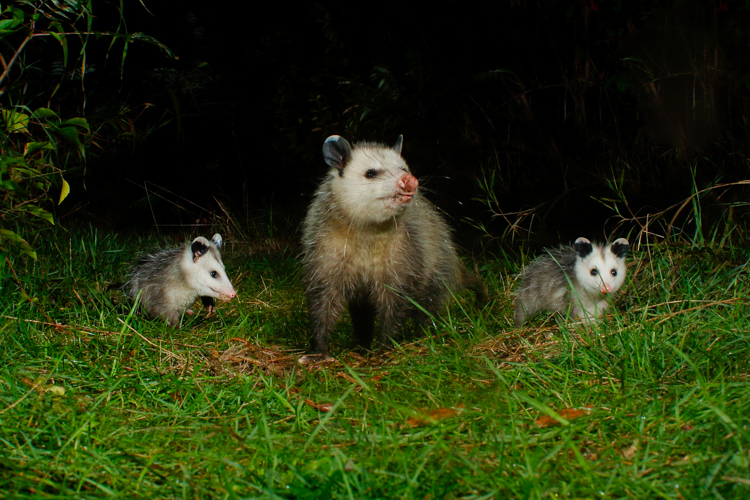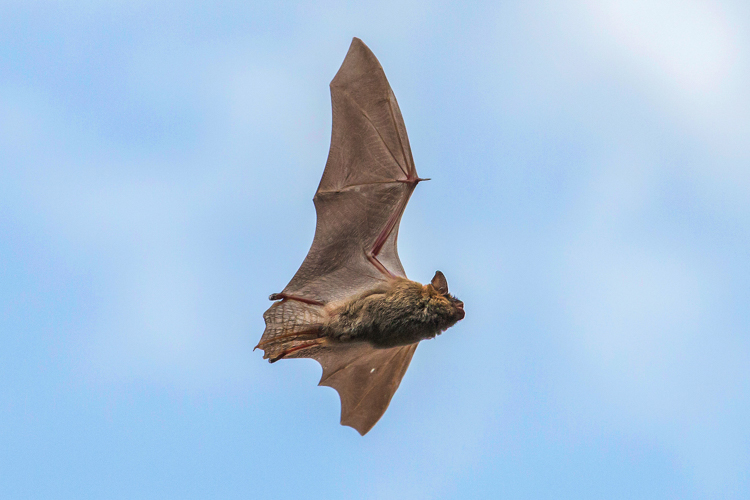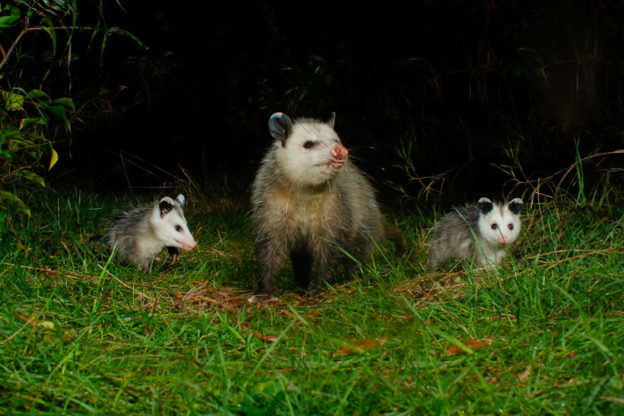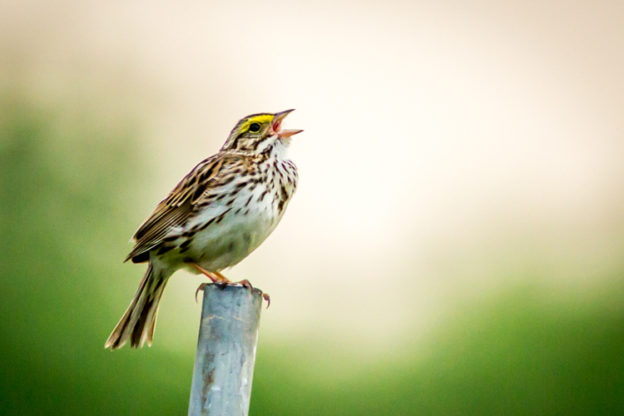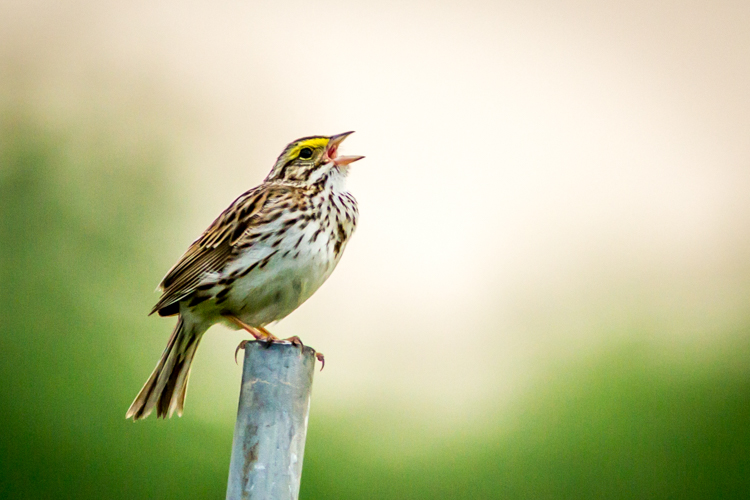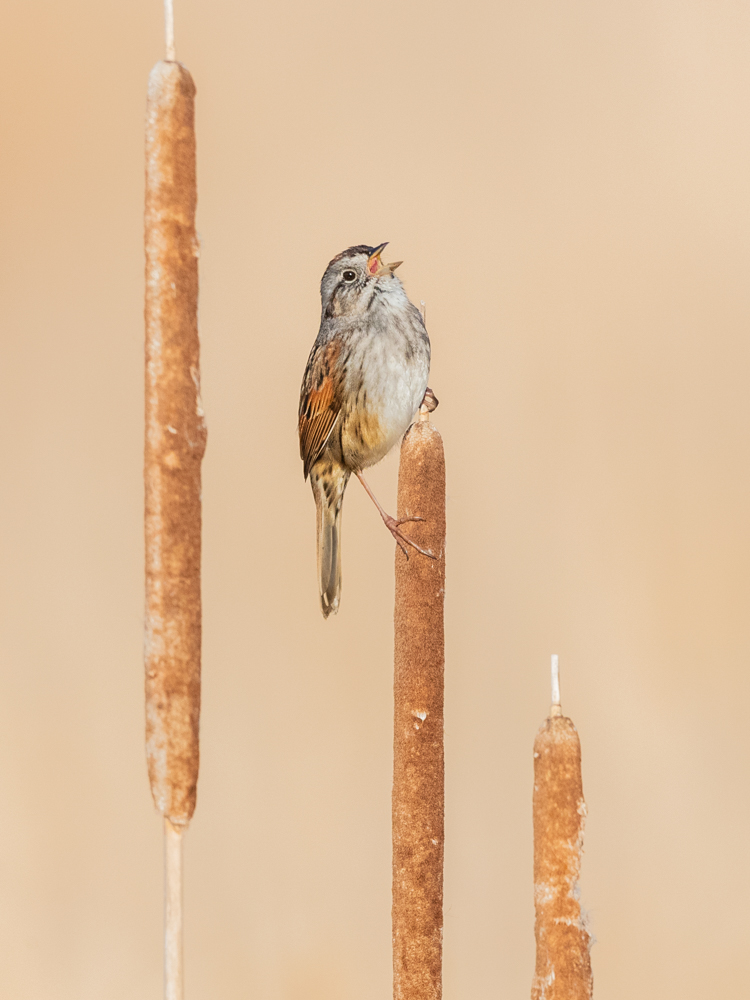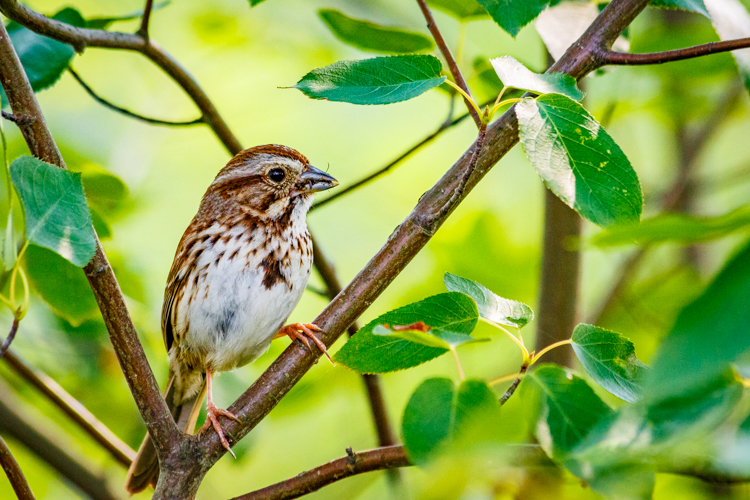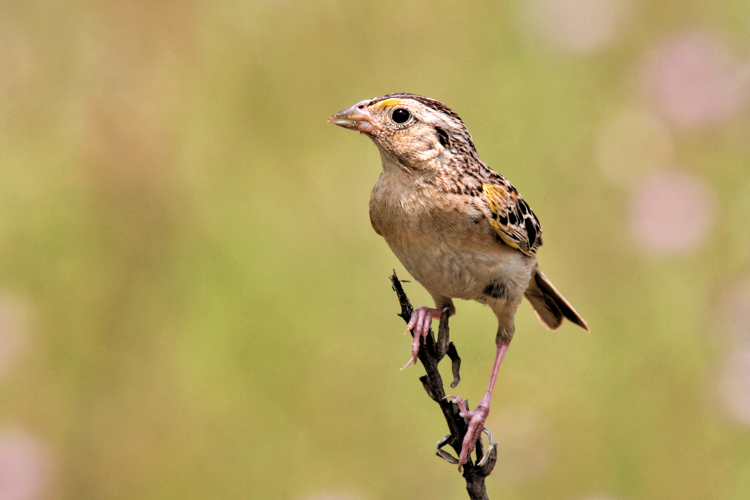Over the years, some wildlife has developed a “bad reputation”. The reasons for this can vary—some animals, like opossums and ravens, display behaviors and self-defense techniques that can look scary or off-putting to the human eye, while others, such as bats, are maligned by old folklore and mythology. Sometimes, a few “bad actors” can lead to an entire group of beneficial creatures to be feared, as is the case with wasps.
At the heart of these apprehensions is simply a misunderstanding of what we’re seeing and the reasons behind it. Unfortunately, some of these fears and misunderstandings have led to widespread persecution of some wildlife, including poisoning, overhunting, and in some cases, extinction.
To help shine a more positive light on the incredible adaptations and important ecological role some of these animals play in nature, we’re hosting a Misunderstood Wildlife online program series. Over the course of four sessions, we’ll examine bats, opossums, ravens, and wasps, exploring the reasons they develop unfavorable reputations and the myths and facts that impact them. You’ll never view these animals the same way again!
Enjoy these five photos of the stars of this upcoming program series, taken by entrants to our annual Picture This: Your Great Outdoors photo contest, and register today for one or all four online programs.
